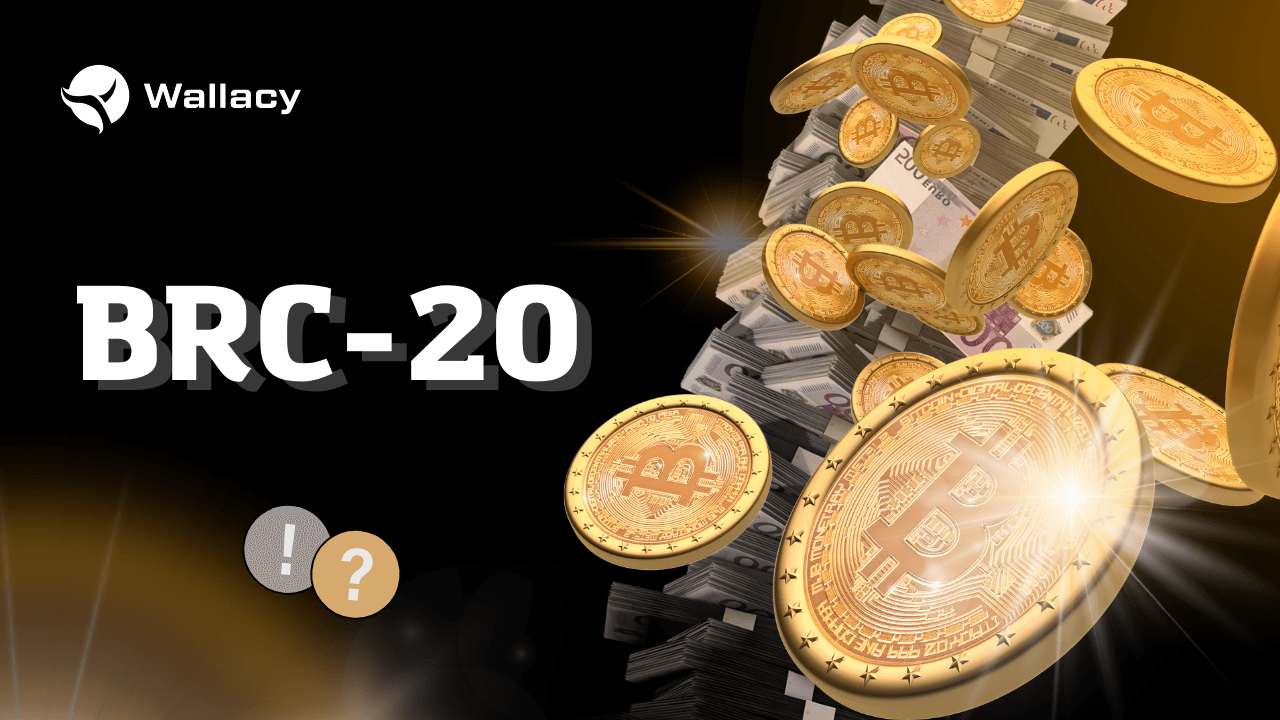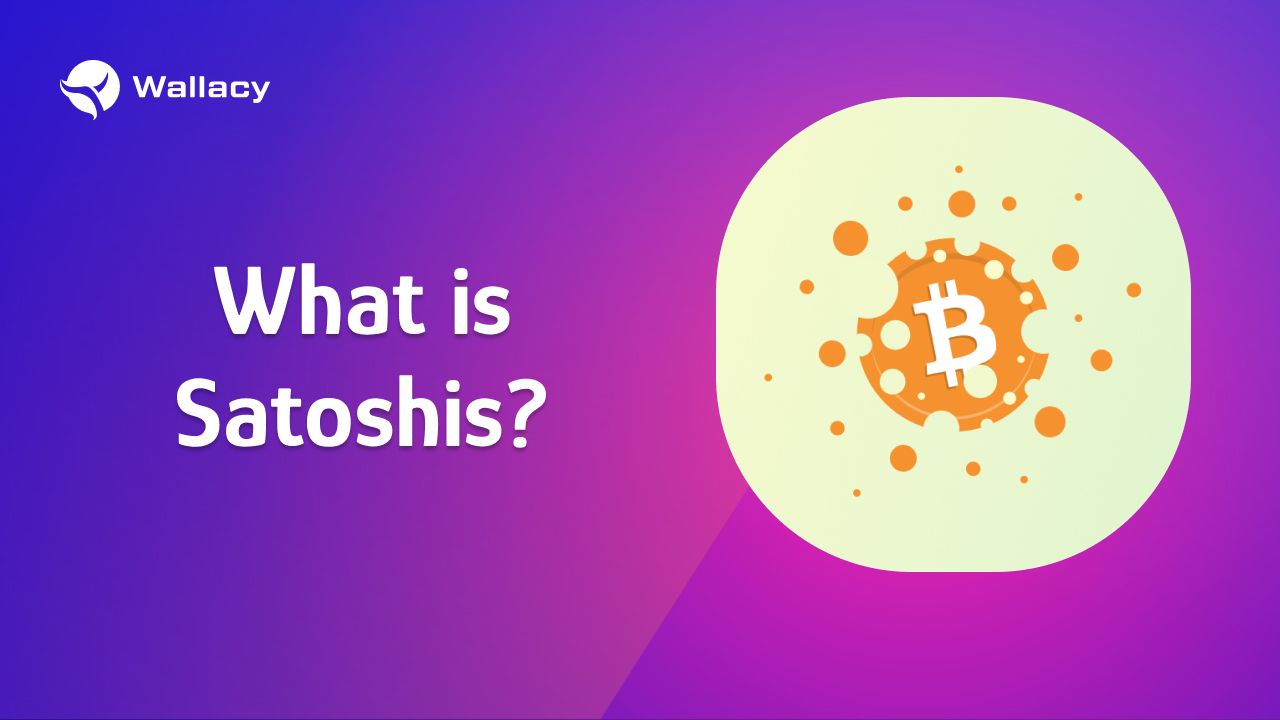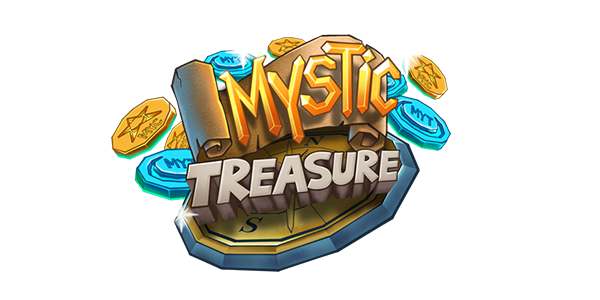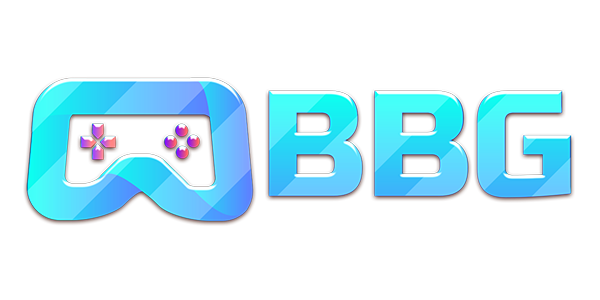
While meme coins like PEPE and WOJAK have clogged the Ethereum network, new BRC-20 tokens are now affecting the Bitcoin blockchain, which has seen a surge in popularity over the past few months. These new meme coins are being minted using the BRC-20 standard.
In this article, we will provide you with an ultimate guide to BRC-20 tokens, let’s dive into and discover what to expect in this new trend!
Table of Contents:
I. What is the BRC-20 standard?
II. How does it work?
III. How to create a BRC-20 token?
IV. Analytics
I. What is the BRC-20 standard?
The BRC-20 token was created by a Twitter user named @domodata on March 8th, 2023, it enables tokens on the Bitcoin network. Despite the standard is still in its experimental phase, it has gained widespread use and is a popular choice for issuing tokens. @domodata himself reminds us that it can be optimized.
II. How does it work?
The fascinating aspect of this standard lies in its mechanism to enable tokens on Bitcoin through the use of Ordinals. Ordinals provide users with the ability to explore, transfer, and receive individual satoshis that may contain unique data, including videos and images.
BRC-20 employs Ordinals to encode JSON data into Satoshis, which is utilized to deploy, mint, and transfer tokens. This implies that BTC tokens are treated as NFTs with unique JSON-data. The JSON data recorded in the Bitcoin blockchain varies based on the operation to be executed. For each operation:
- deploy
- mint
- transfer
Users can mint or transfer a BRC20 token after it has been deployed. Unlike Ethereum, the process is different since Bitcoin does not have a smart contract.
Therefore, everything must be integrated and shared in JSON files, making it a more complex process than Ethereum’s simple and intuitive method.
This is not a super efficient method to enable exchanges, verifications, and validations. It is like keeping paper receipts when everything could be conveniently stored on your smartphone application. This is not unexpected, as Bitcoin was not initially created for this purpose.
III. How to create a BRC-20 token?
To create a BRC-20 token, it is essential to deploy the correct deployment JSON that contains all necessary information.
Deployments are responsible for initializing the BRC-20, but they do not impact the state. An ordinal compatible wallet is required for deploying a token, and @unisat_wallet is an option to perform this task.
Just follow these steps:
1. Create or import your wallet
2. Select the “Inscribe” tab
3. Select “BRC-20”
4. Input the information and deploy
IV. Analytics
The BRC-20 token was introduced on March 8th, 2023, and has gained widespread adoption in just a few weeks. Recent data indicates that BRC-20 transactions are now the majority of BTC transactions, with Ordinals transactions now exclusively for BRC-20.
The “Mint” operation is currently the most popular, which is to be expected considering the protocol’s recent implementation. However, it is anticipated that over time, the number of “transfer” operations will increase.
Unfortunately, there has been a significant rise in transaction fees due to interactions with the BRC-20, with fees for on-chain $BTC transactions increasing by X10-20. To mitigate these fees, the lightning network can be used instead.











